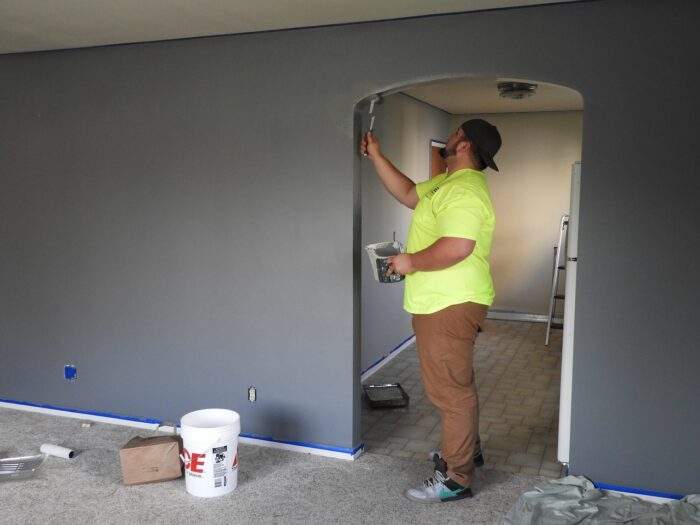Understanding the Road to Recovery: Navigating Home Restoration After an Emergency

Home emergencies like fires, floods, or storms can leave a trail of destruction in their wake. The chaos can overwhelm homeowners, who must navigate insurance claims, repairs, and often emotional distress. However, understanding the disaster recovery process is the first step in rebuilding. The aftermath of a disaster requires swift, decisive action.
Immediate Actions to Take Following a Disaster
Homeowners facing the devastation of their property can benefit from professional services, such as those offered by Seattle fire damage restoration experts. These skilled teams help orchestrate a step-by-step recovery, ensuring that each phase, from initial assessment to the final touches of restoration, is handled with care and expertise.
Once you can re-enter your home, it’s critical to document the damage thoroughly. Take photos and make exhaustive lists of lost or damaged items. This effort will be overwhelmingly significant to the claims process. Enlisting professionals to conduct a proper damage assessment can offer a guiding light during this dark time, ensuring that you don’t overlook any issues that could lead to future problems or financial losses. Detailed inventories also serve as necessary proof for insurance claims.
Navigating Insurance Claims and Financial Help
Understanding the intricacies of your insurance policy before an emergency arises can save you from additional stress. After a disaster, carefully reviewing the policy and asserting your claims promptly is pivotal. Provide your insurer with clear evidence of the damage and maintain records of the claims processing. In times when insurance may fall short, explore options for financial assistance from government programs or charitable organizations that can provide monetary relief to victims of natural disasters.
Planning the Restoration Process
The road to restoring your home is about repairs and a return to normalcy. Before jumping into any contractual agreements, take the time to research and select a restoration service provider recognized for quality and professionalism. Understand that some levels of damage require specialized expertise, so seek companies with a sterling reputation for handling similar restoration projects. Communicate openly with your restoration team to develop a timeline and action plan to restore your home to pre-disaster conditions.
Dealing with Water Damage and Mold Prevention
In many disaster scenarios, water damage is inevitable, and its aftermath can be one of the most daunting aspects of recovery. Prompt action is necessary to prevent mold, which can flourish in damp environments and cause health issues. Engage in water mitigation services immediately, focusing on proper drying techniques and environmental controls. Additionally, the ongoing maintenance and dehumidification will help to prevent a mold outbreak, which can be a costly and hazardous problem if left unaddressed.
Repairing Structural Damage and Ensuring Safety
Examining and repairing the structural integrity of your home is non-negotiable. Post-disaster, it is often required to engage structural engineers to evaluate and address any weaknesses or damages. They can help guide the reconstruction process, ensuring that repairs meet local building codes and advise on any necessary reinforcements to protect against future incidents. This step is crucial in safeguarding your home’s physical structure and its occupants’ safety.
Handling Smoke and Fire Damage
Smoke and fire can leave behind toxic residues and pervasive odors. Specialists in fire restoration work diligently to clean up and repair the affected areas, restoring your home to a safe, livable state. They utilize specialized equipment and techniques to eliminate soot and smoke. This process not only involves traditional cleaning methods but may also require thermal fogging, ozone treatment, and other cutting-edge practices to ensure that the air quality in your home returns to normal.
Prevention and Preparedness for Future Emergencies
The final phase in disaster recovery is forward-looking: prevention and readiness for future incidents. Rebuilding efforts allow incorporating features designed to help the property withstand future emergencies. Identifying potential hazards, updating your emergency plan, and creating a kit containing essentials like food, water, and first aid materials will prepare you for swift evacuation. Educating your family about these procedures helps build a preparedness culture, ensuring you’ll be ready if disaster strikes again.







